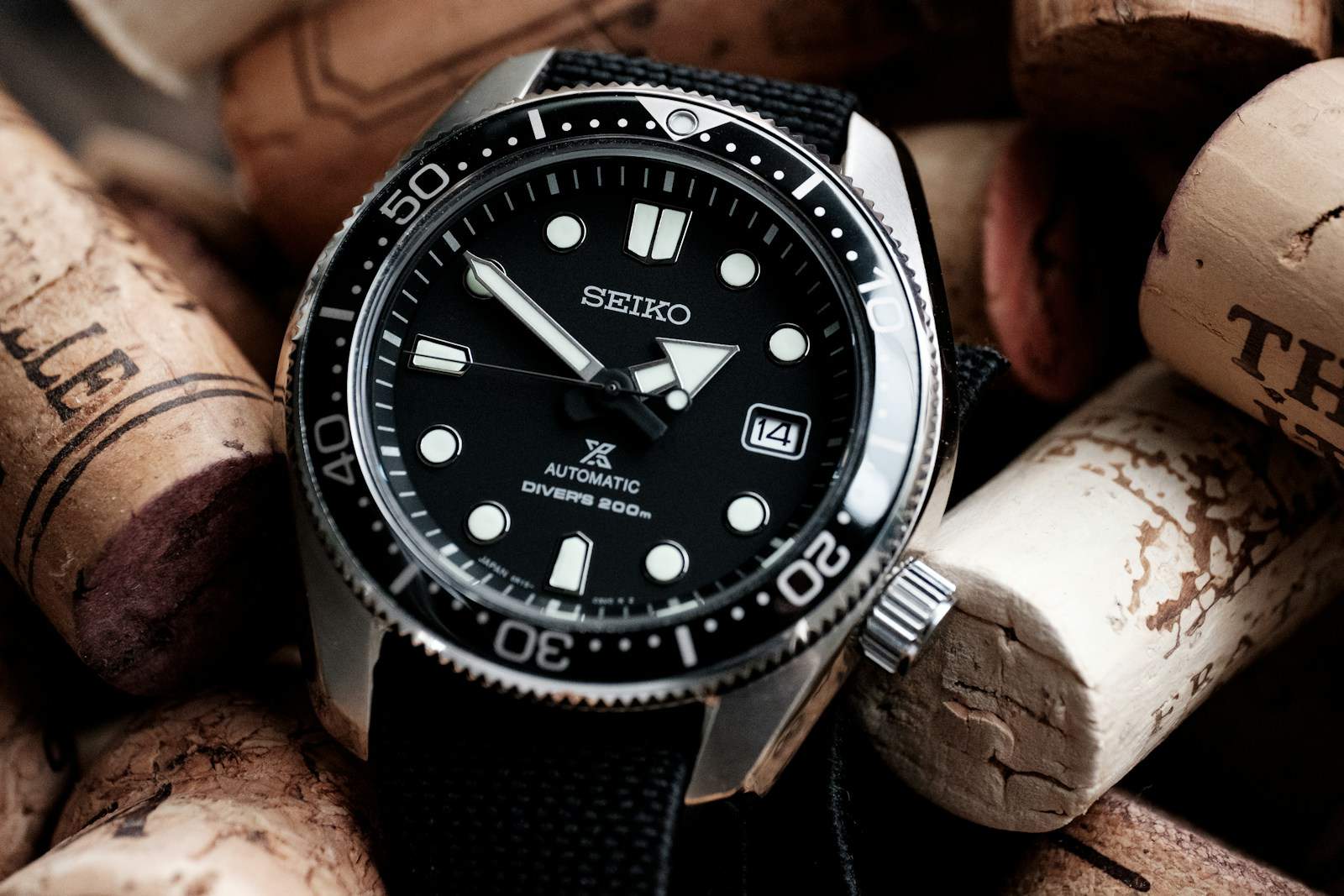
Photo by Luiz Neto on Unsplash
Can Seiko Compete Against Rolex in the Luxury Watch Market?
On Feb. 8, Seiko Watch Corporation inaugurated its “Grand Seiko Flagship Boutique” at 540 Madison Ave. in New York City, marking a significant move in its attempt to bolster its presence in the luxury watch market. This location, touted as the largest Grand Seiko Boutique globally, aims to capture a larger share of the North American market.
Spanning an expansive 580 square meters (about 6,240 feet) across two floors, the boutique offers an extensive collection of timepieces, including the Spring Drive, mechanical, and quartz models. A dedicated space for the Masterpiece Collection caters to discerning clientele seeking horological perfection.
The boutique’s design ethos revolves around Grand Seiko’s slogan, “Alive in Time,” emphasizing innovation and dynamism in watchmaking. With a focus on Japanese aesthetics and craftsmanship, elements such as the “kumiko” woodwork motifs add a touch of authenticity to the ambiance.
Seiko’s journey in North America has seen steady growth, with this boutique marking a significant milestone. Nevertheless, the question looms: Can Seiko challenge Rolex’s dominance and capture a larger share of the market?
While Seiko’s commitment to craftsmanship and precision is evident, Rolex’s entrenched position and brand loyalty pose formidable challenges. Moreover, the luxury watch market is highly competitive, requiring sustained efforts and strategic positioning to make significant inroads. According to Seiko’s financial statements from last year, for the sixth-month period ending on Sept. 30, 2023, the company reported consolidated net sales of 131.2 billion yen, marking a year-on-year increase of 1.1%.
The success of Seiko’s Madison Avenue flagship hinges on its ability to resonate with consumers, offering a compelling alternative to established luxury brands like Rolex. Time will tell whether Seiko can carve out a more significant presence in the North American market and compete effectively against industry giants.
Rolex and Grand Seiko, under Seiko’s umbrella, stand out as fully vertically integrated watch manufacturers. They produce nearly all components in-house, from movements to cases and dials, showcasing technical innovation and reliability in their watches.
Rolex, a pioneer in precision timekeeping, has achieved significant milestones since 1910, including the creation of the waterproof Oyster case and the development of the self-winding “Perpetual” movement in 1931. While not the first automatic movement, Rolex’s innovation spurred widespread adoption of the technology.
Today, Rolex remains at the forefront of horological advancements with innovations like the antimagnetic Parachrom hairspring and the Chronergy escapement, along with extending power reserves to 70 hours. In 2015, Rolex established its “Superlative Chronometer” certification, ensuring exceptional accuracy and reliability through rigorous testing in its own laboratories.
On the other hand, Seiko pioneered two groundbreaking movement technologies: quartz and Spring Drive. The quartz movement, introduced in 1969, replaced traditional winding with a battery-powered electrical charge through a quartz crystal, resulting in unprecedented accuracy. Spring Drive, developed since 1977 and commercialized in 1999, combines mechanical and quartz precision, utilizing innovative components like the Spron 510 mainspring and Tri-Synchro regulator. Grand Seiko incorporates both technologies, offering quartz for reliability and Spring Drive for mechanical accuracy.
Seiko, particularly through its Grand Seiko brand, played a significant role in challenging and potentially even surpassing the Swiss watchmaker, according to Watchfinder. The introduction of Seiko’s quartz Astron and its relentless pursuit of excellence shook the industry. While Rolex contributed greatly to the mechanical watch’s legacy, Grand Seiko stood alone in directly confronting and debatably defeating the Swiss.
In terms of craftsmanship, the debate between mechanical and modern watches often comes down to personal preference. While brands like Patek Philippe are revered for their craftsmanship, Rolex is praised for its solid, utilitarian design. However, Grand Seiko stands out for its meticulous craftsmanship, intricate detailing, and artistic dials, setting a standard of perfection unmatched by many luxury brands.
While both brands are prestigious and produce excellent watches for anyone’s preferences, it will be interesting to see how Seiko’s flagship performs in New York.
Discussion Questions
How can Seiko’s Grand Seiko Boutique in New York strategically position itself to challenge Rolex’s dominance in the luxury watch market?
What cultural and market-specific strategies should Seiko employ to resonate with North American consumers, blending traditional Japanese craftsmanship with innovative watchmaking technologies, amidst the prestige of Swiss brands like Rolex?
In a market where storytelling and heritage are crucial, how can Seiko leverage its unique blend of craftsmanship and technological advancements to position Grand Seiko as a compelling alternative to traditional Swiss luxury watchmakers?
